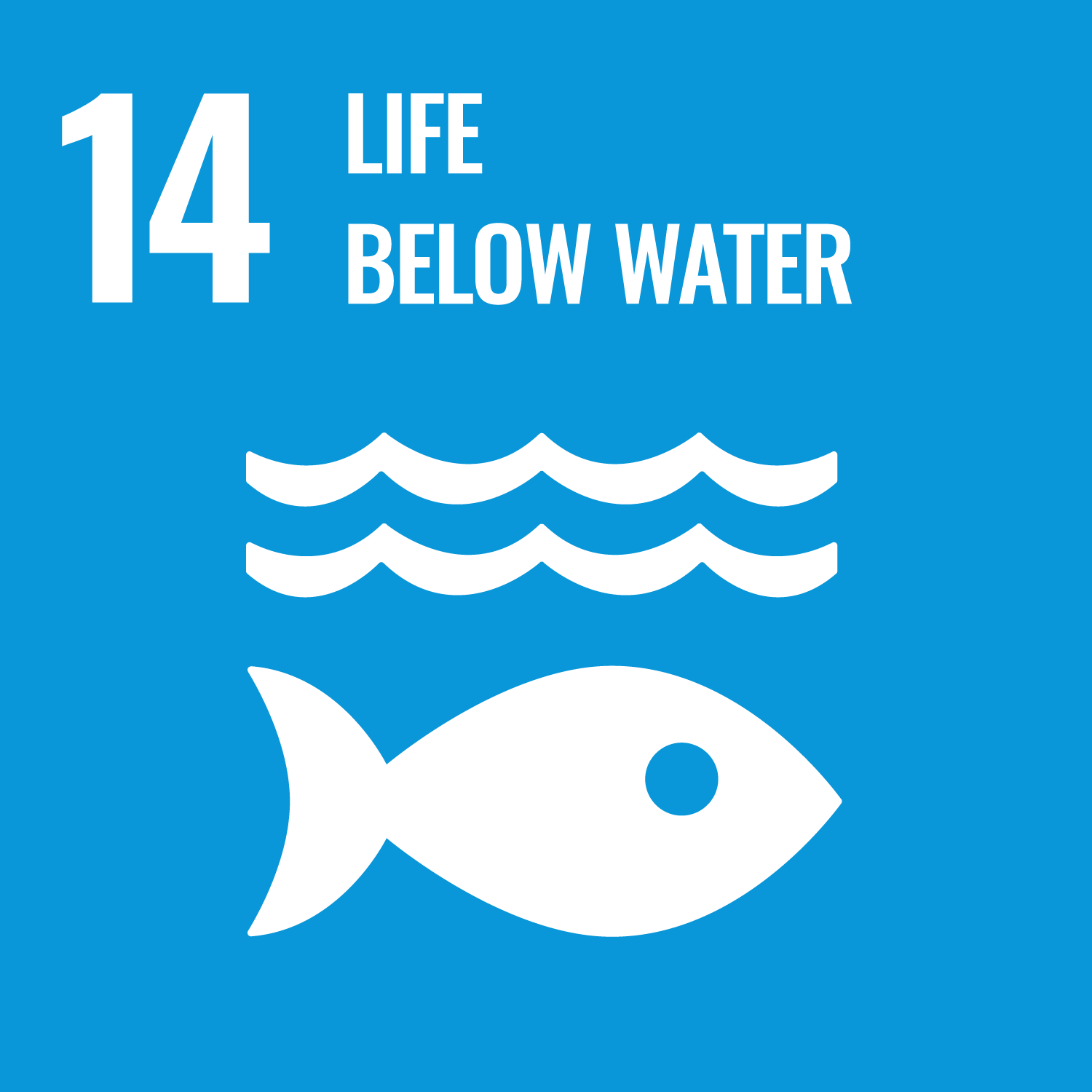Danet, A. orcid.org/0000-0002-1592-9483, Giam, X. orcid.org/0000-0002-5239-9477, Olden, J.D. orcid.org/0000-0003-2143-1187 et al. (1 more author) (2024) Past and recent anthropogenic pressures drive rapid changes in riverine fish communities. Nature Ecology & Evolution, 8 (3). pp. 442-453. ISSN 2397-334X
Abstract
Understanding how and why local communities change is a pressing task for conservation, especially in freshwater systems. It remains challenging because of the complexity of biodiversity changes, driven by the spatio-temporal heterogeneity of human pressures. Using a compilation of riverine fish community time series (93% between 1993 and 2019) across the Palaearctic, Nearctic and Australasia realms, we assessed how past and recent anthropogenic pressures drive community changes across both space and time. We found evidence of rapid changes in community composition of 30% per decade characterized by important changes in the dominant species, together with a 13% increase in total abundance per decade and a 7% increase in species richness per decade. The spatial heterogeneity in these trends could be traced back to the strength and timing of anthropogenic pressures and was mainly mediated by non-native species introductions. Specifically, we demonstrate that the negative effects of anthropogenic pressures on species richness and total abundance were compensated over time by the establishment of non-native species, a pattern consistent with previously reported biotic homogenization at the global scale. Overall, our study suggests that accounting for the complexity of community changes and its drivers is a crucial step to reach global conservation goals.
Metadata
| Item Type: | Article |
|---|---|
| Authors/Creators: |
|
| Copyright, Publisher and Additional Information: | © The Author(s) 2024. Open Access: This article is licensed under a Creative Commons Attribution 4.0 International License, which permits use, sharing, adaptation, distribution and reproduction in any medium or format, as long as you give appropriate credit to the original author(s) and the source, provide a link to the Creative Commons license, and indicate if changes were made. The images or other third party material in this article are included in the article’s Creative Commons license, unless indicated otherwise in a credit line to the material. If material is not included in the article’s Creative Commons license and your intended use is not permitted by statutory regulation or exceeds the permitted use, you will need to obtain permission directly from the copyright holder. To view a copy of this license, visit http://creativecommons.org/licenses/by/4.0/. |
| Keywords: | Biodiversity; Conservation biology; Freshwater ecology |
| Dates: |
|
| Institution: | The University of Sheffield |
| Academic Units: | The University of Sheffield > Faculty of Science (Sheffield) > School of Biosciences (Sheffield) |
| Depositing User: | Symplectic Sheffield |
| Date Deposited: | 20 Mar 2024 16:20 |
| Last Modified: | 20 Mar 2024 16:20 |
| Status: | Published |
| Publisher: | Springer Science and Business Media LLC |
| Refereed: | Yes |
| Identification Number: | 10.1038/s41559-023-02271-x |
| Related URLs: | |
| Sustainable Development Goals: | |
| Open Archives Initiative ID (OAI ID): | oai:eprints.whiterose.ac.uk:210501 |


 CORE (COnnecting REpositories)
CORE (COnnecting REpositories) CORE (COnnecting REpositories)
CORE (COnnecting REpositories)